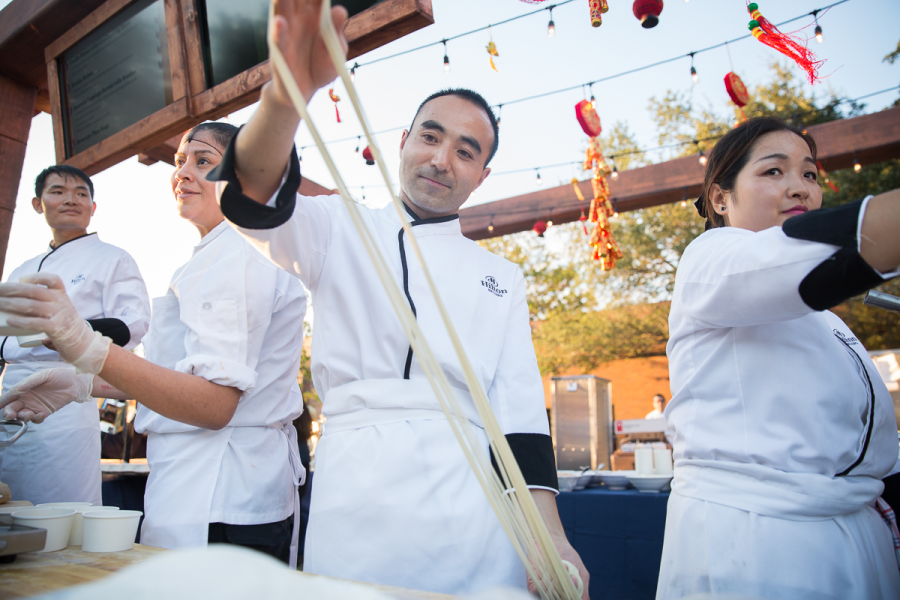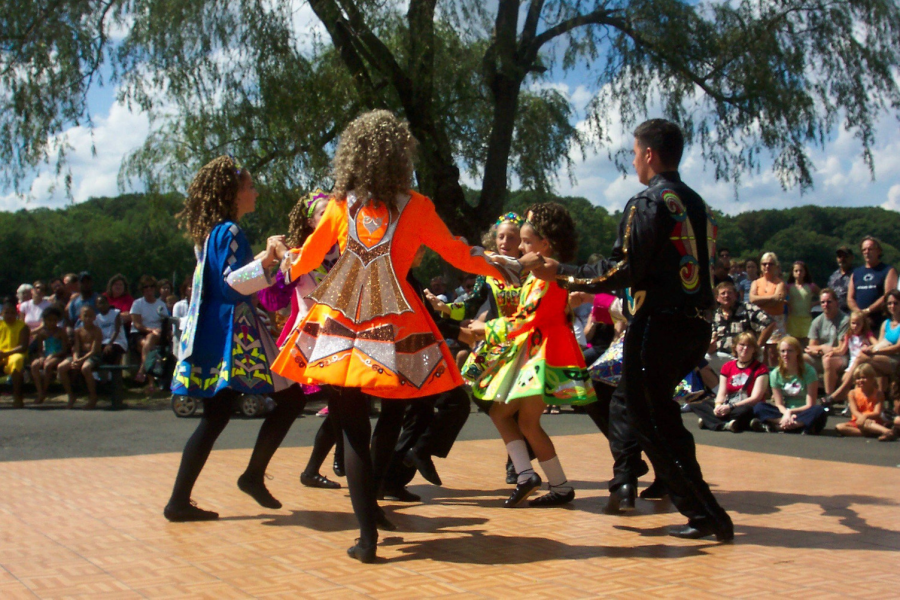Cost Containment

Staying within budget is always important, and never more so than now as attractions make up for months of closures or reduced capacity. At the same time, this is an industry that’s all about dazzling guests—which is hard to achieve while trimming expenses. So how do attractions balance the seemingly paradoxical need to keep expenses down without cutting out the “wow” factor? Here are several tips to reduce costs and spark creative thinking when strategizing for the next big special event.
Don’t Skimp on Planning
Take the time to thoroughly research target guest audiences and to develop a clear theme. This will help avoid getting in the weeds with an event that becomes an expensive hodgepodge of discordant elements. It will also provide visibility into costs and keep the budget on track.
“Build out your program elements from the start. Then work with partners and vendors who can provide upfront pricing and produce within any preset budget limitations,” advises Hunter Haas, group account director at Agency EA, a brand experience and special events agency.
Advance insights into target guest audiences allow attractions to tap into what is most likely to impress and excite them. For some guests, Haas notes, that might be the entertainment and decor, while other guests are more curious about the content of an event. “Remember not to treat everyone the same, because creating a program for one person may be a wasted investment for someone else,” he says.
Get Experimental with Variable Expenses
Haas points out that certain elements of special events are more variable, including floral and decor, talent and entertainment, food and beverage (F&B), audiovisual elements, and technology. “These can be customized based on the event’s parameters, scope, and size,” he adds.
Agency AE recommends a number of practical ways to lower some of these variable costs, including:
- Leveraging decor from past events in a new way
- Serving seasonal F&B
- Sourcing local talent, in effect lowering backline costs and maximizing entertainment spend
- Transition stages with lighting and moveable scenic pieces to avoid building new stages
Host Another Organization’s Special Event

Serving as the host site for special events organized by other groups could help wake up an otherwise softer date, like Labor Day weekend can be in some regions of the United States. Quassy Amusement & Waterpark in Middlebury, Connecticut, found tremendous success with this strategy by hosting a two-day Irish dance competition for children, also known as a “feis,” every Labor Day weekend, a U.S. holiday celebrated on the first Monday in September.
The event is sanctioned by the World Irish Dance Association and draws 600 to 700 competitors and their families. The park waives their admission, but during and after their dance spots, the guests purchase food, beverages, and tickets to the water park.
“As the host site, we don’t have upfront costs,” says Ron Gustafson, director of marketing and public relations at Quassy Amusement & Waterpark.
Partnering with another organization presents an opportunity to leverage each other’s strengths to combine and expand the marketing power necessary to promote the event.
For example, one organization may have skilled creative resources, such as copywriting and graphic design, while the other partner might have a sizable email list. Combining forces can lead to the creation of attention-getting, impactful email blast campaigns.
Put PR to Work
Promoting a special event is a must, but costly ad blitzes and digital marketing campaigns aren’t the only avenues for getting the word out about a special event. Traditional public relations (PR) is still alive and well—and works.
Cultivate a targeted list of regional media outlets (broadcast, print, and online) that are most likely to be interested in alerting their audiences about an upcoming event at the attraction. Typically, this will include reporters who cover family, entertainment, and travel. If food will be a special highlight, as it is for events celebrating Oktoberfest, food and drink reporters are important to include in PR outreach.
One way to get more reporters interested in covering a special event is if it has a charitable purpose. Consider donating part of the proceeds to a local cause or co-hosting a special event with a nonprofit. Corporate sponsors are another cost-sharing avenue.
Don’t Overlook Online Influencers
Paid social media is now a necessary marketing expense for promoting special events and regular seasons alike, but an online community of “super fans” can also help get the word out. Many local and regional bloggers carry clout, and getting them to talk up special events can significantly boost attendance. But it does take some advance time to build these influencers into online ambassadors.
Silverwood Theme Park in Athol, Idaho, has an entire battalion of devoted guests who, in exchange for writing half a dozen blog posts a year, are given perks like season passes, extra tickets to give away, and complementary food.
“They love the park and are excited to write for us on our blog. And we teach them about the industry. Because they have a strong pull in their community, people who read their posts go to our website to buy tickets,” says Jordan Carter, director of marketing at Silverwood Theme Park. “We have an 11% conversion rate for something that doesn’t really take any money from our budget.”
At the California Academy of Sciences, a natural history museum and research organization in San Francisco, inviting Instagram influencers to special events makes particular sense given the visual nature of the museum. Laurel Allen, the museum’s senior digital engagement and community manager, notes invitees are a mix. Some have higher followings than others, but all have passion and can engage their audiences.
“What we do always look for—whether we’re working with people in art, music, fashion, or other worlds—is a curious mind, someone who will genuinely be fascinated by what we have to offer,” she says.
Allen adds that influencers are encouraged to bring a guest, which increases the number of photos taken. This, in turn, can broaden exposure of your event, setting it up for future success if the special event is held again.
Stephanie Janard is a longtime contributor to Funworld. She can be reached at [email protected].
